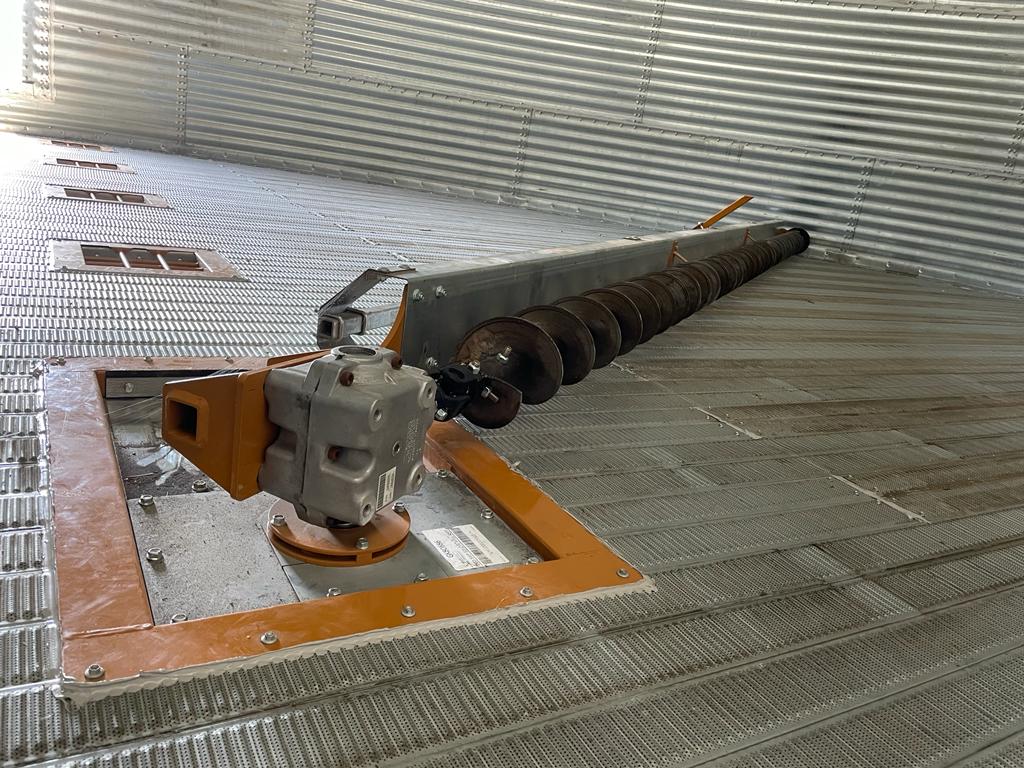The 1300-ton flush floor aeration silo project faced challenges related to the COVID-19 restrictions, but despite logistical difficulties, our experienced team successfully completed the construction late in the season. This allowed our client to store their harvested crop and realize significant profits even before marketing their produce.
Flush Floor Aeration
In some cases, clients opt for flush floor silos, which have both advantages and disadvantages. The flush floor aeration system involves blowing conditioned or unconditioned ambient air through trenches embedded within the concrete foundation. This air then moves into the harvested material through perforated galvanized steel trench covers. While this method effectively aerates most parts of the stored grain, there may be areas in the lower section of the silo that are not treated as efficiently with suitable air.
Pros and Cons
One notable advantage of flush floor silos is that the bottom section, which might otherwise be occupied by an aeration floor, remains available for storage. The decision to use This floor system depends on the diameter of the silo, as this factor influences the volume of storage space available in the bottom section. Clients who choose this kind of silo often appreciate the trade-off between aeration efficiency and maximizing storage capacity in the lower part of the silo.
Despite the challenges posed by the COVID-19 restrictions, our team’s efficiency and experience ensured the successful completion of the project, allowing the client to capitalize on their harvest and secure profits early in the season.





